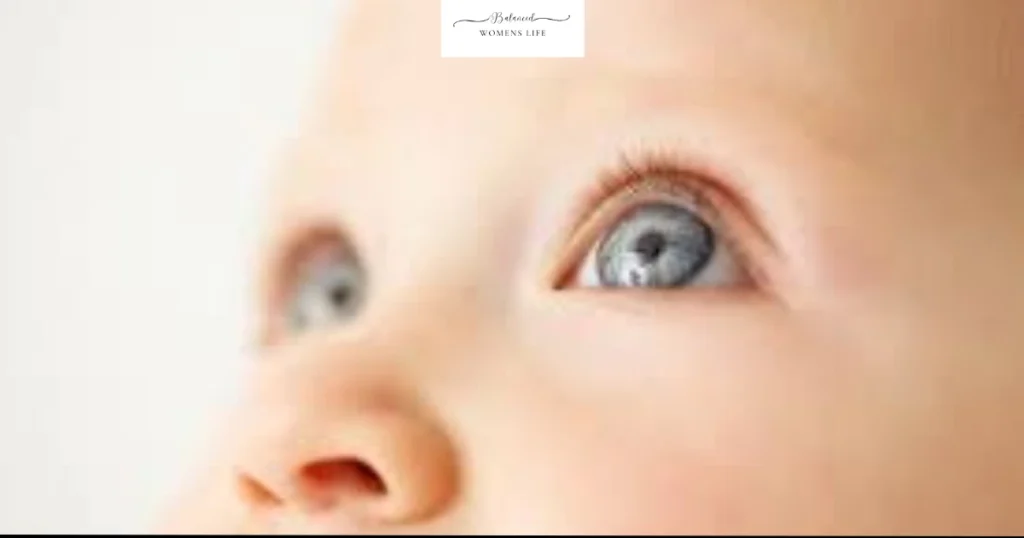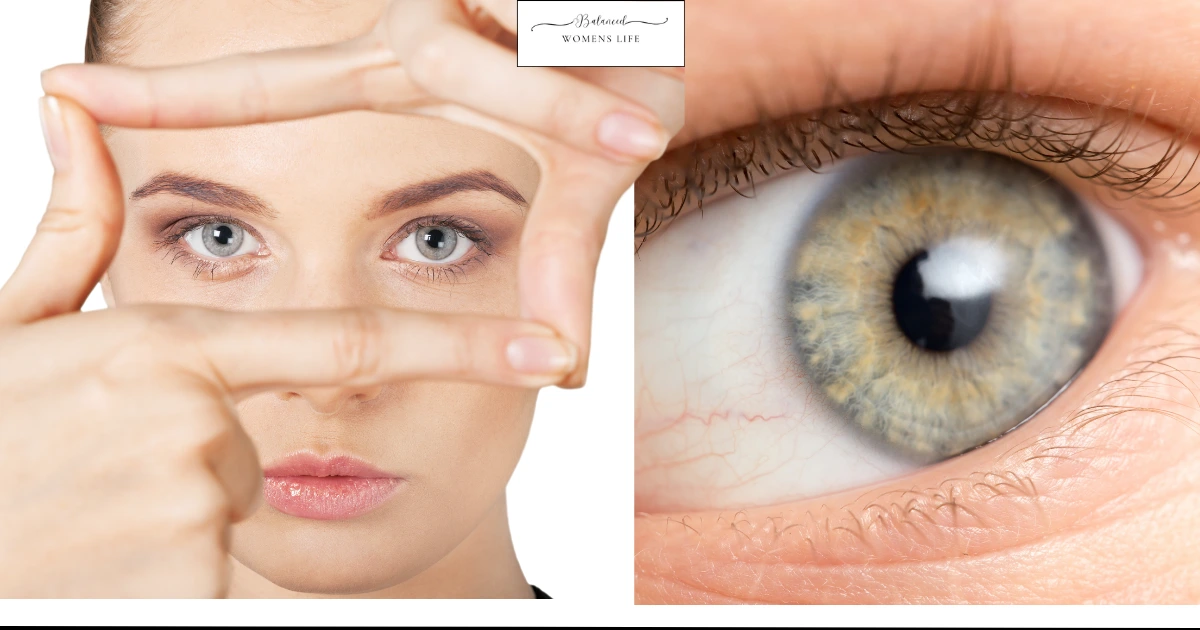Unlocking the Mystery: Do Your Eyes Grow Throughout Your Life?
Have you ever wondered do your eyes grow as you age? It’s a question that sparks curiosity, and the answer is more nuanced than you might think. While it’s a common myth that eyes are fully grown at birth, the truth is that they undergo significant growth during childhood. Let’s delve into the fascinating world of eye development and explore how your eyes change throughout your lifetime.
Eye Growth: The Early Years – How Much Do Your Eyes Grow?
The most dramatic period of eye growth occurs during the first two years of life [1, 3, 4]. At birth, a baby’s eye measures approximately 16.5 millimeters in diameter, a bit smaller than a dime1. This is only about two-thirds the size of an adult eye4. During these early years, the eyes grow rapidly, allowing infants to develop their visual abilities and coordinate eye movements2. A second growth spurt happens around puberty [1, 3].Here’s a timeline of eye growth:
- Newborn: Approximately 16.5 mm in diameter [1, 3].
- Age 2: Eyes undergo considerable growth [1, 3].
- Puberty: Another growth spurt occurs [1, 3].
- Adulthood (20s): Eyes reach their full size, around 24 millimeters, slightly larger than a peanut [1, 3, 4].
The average newborn baby’s eyeball is 0.6 inches. The average adult eyeball is 0.9 inches8.

What Causes the Eyes to Grow?
Eye growth is influenced by a combination of genetic and environmental factors [5, 6]. During childhood, the eyeball elongates to accommodate the developing visual system [5, 6]. Myopia (nearsightedness) occurs when the eyeball grows too long from front to back [5, 7]. Theories suggest that frequent near-work on digital devices and less time outdoors early in life may contribute to the rise of myopia5.
Do Your Eyes Grow After Childhood? Eye Changes in Adulthood
Once you reach adulthood, typically in your early 20s, the eyes generally maintain a stable size [1, 4, 6]. However, this doesn’t mean they remain unchanged6. The tissues within and surrounding the eyes can still alter due to aging, health conditions, or other factors6.The shape of your eyes may change1. If you get nearsightedness, or myopia, they may get longer. But it’s more common to develop farsightedness, or presbyopia, which usually happens in your 40s1. Your eyes will lose the ability to move and focus on near objects, but they won’t change shape1. The weight of the eyes’ lenses continues to increase over time4.
Common Misconceptions About Eye Growth
Many misconceptions exist about eye growth. One prevalent myth is that eyes grow continuously throughout life6. While it’s true that eyes change as we age, their actual size remains relatively constant after adolescence6.Another myth suggests that reading in dim light or sitting too close to the TV can cause eyes to grow or change size6. While these activities can cause eye strain, they don’t affect the physical size of the eyes6.To better understand the facts, here’s a table dispelling common myths:
| Myth | Reality |
|---|---|
| Eyes grow continuously throughout life. | Eyes primarily grow during childhood and adolescence, reaching full size in early adulthood. |
| Reading in dim light causes eyes to grow. | Reading in dim light can cause eye strain but doesn’t affect the physical size of the eyes. |
Maintaining Eye Health at All Ages
Regardless of whether your eyes are still growing, prioritizing eye health is essential throughout your life. Here are some proactive steps you can take5:
- Get Regular Eye Exams: Schedule yearly eye exams to monitor your vision and detect any potential problems early [5, 6].
- Increase Time Outdoors: Spend more time outdoors, especially in early childhood, to support healthy eye development5.
- Limit Screen Time: Avoid chronic use of screens and mobile devices at young ages5.
- Maintain Clear Focus on Distant Objects: Engage in activities like sports that require distance vision5.
- Eat a Nutritious Diet: Consume a balanced diet with nutrients that support ocular health5.
FAQ: Answering Your Burning Questions About Eye Growth
- Q: Are eyes fully grown at birth?
- A: No, eyes are not fully grown at birth. They undergo significant growth during the first two years of life and adolescence [3, 4].
- Q: Do eyes continue to grow throughout adulthood?
- A: Eyes generally maintain a stable size in adulthood, although the tissues within and surrounding the eyes can still change [1, 6].
- Q: Can lifestyle choices affect eye growth?
- A: Environmental factors like screen time and time spent outdoors can influence eye development, particularly in childhood5.
- Q: Is myopia (nearsightedness) related to eye growth?
- A: Yes, myopia occurs when the eyeball grows too long from front to back [5, 7].
- Q: What age do your eyes stop growing?
- A: Eyes typically stop growing in length by the age of 20 or 214.
The Final Verdict: Understanding Eye Growth for a Lifetime of Healthy Vision
So, do your eyes grow? The answer is a resounding yes, but primarily during childhood and adolescence. While eye size stabilizes in adulthood, changes can still occur due to aging and other factors. By understanding the complexities of eye growth and prioritizing eye health at every stage of life, you can protect your vision and enjoy a lifetime of clear sight. Remember to schedule regular eye exams and adopt healthy habits to support optimal eye health.






